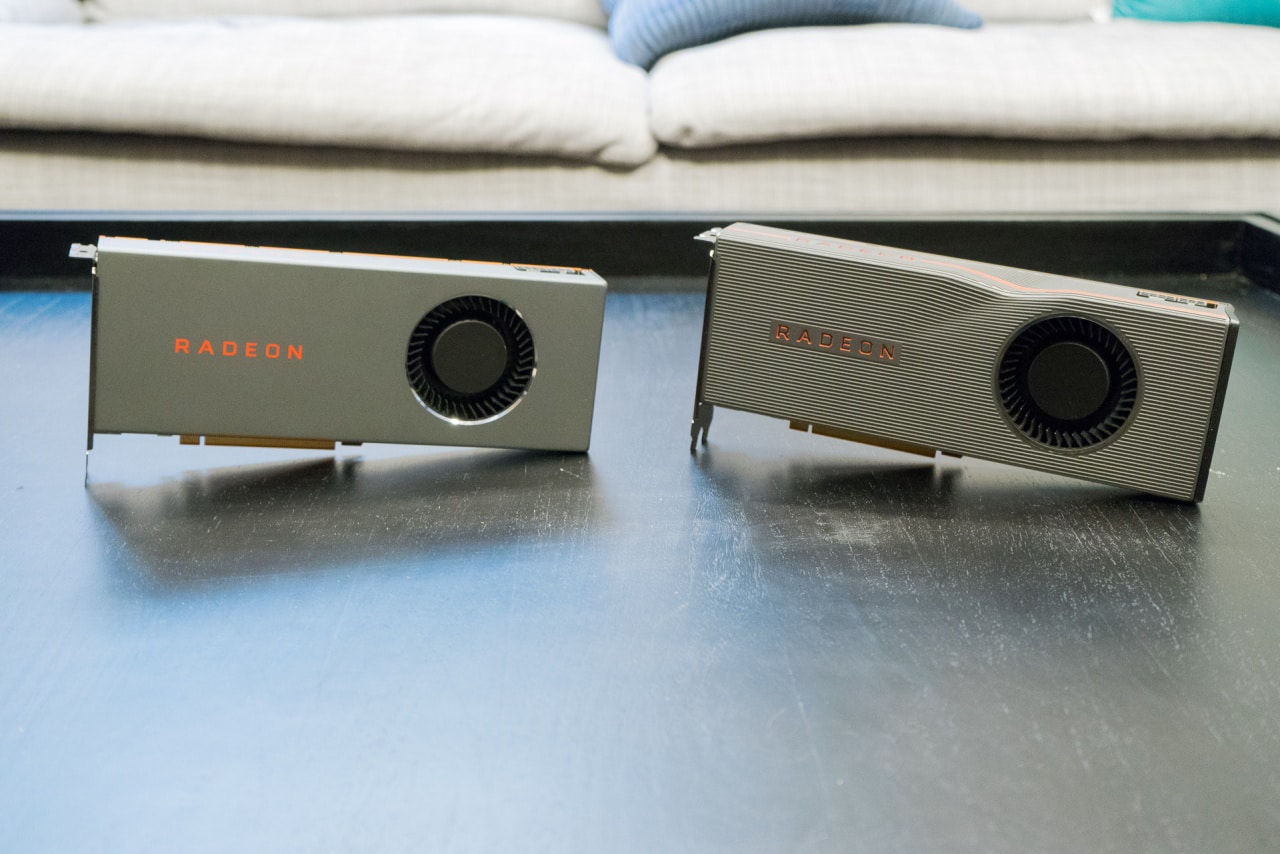On July 7, AMD launched a new set of products manufactured on TSMC’s 7nm technology. These included the new graphics cards in the Radeon RX 5700 series from the Navi generation. Shortly after the launch, concerns were raised about the temperature of the graphics cards, which usually exceed 100 degrees under heavy load. This was also found in SweClocker’s test.
Question marks and worried voices about temperatures were already raised at the launch of the Radeon VII, whose temperature at full load, which AMD calls Junction Temperature, exceeded 100 degrees. The message was then that the graphics card was designed to handle the high temperatures, but the issue got new fuel on the fire when the Radeon RX 5700 series was launched.
AMD now chooses to shed light on the subject with a post in the official forum. In the post, the company describes that temperatures exceeding 110 degrees are expected and within the specifications for what the cards can handle. AMD also chooses to clarify what is meant by a graphics card’s optimal temperature, their so-called Junction Hotspot, and how this is measured.
An illustration of static energy management with a Radeon RX Vega 64.
The graphics cards in the Radeon RX 5700 series are equipped with a number of sensors that measure the temperatures on different parts of the graphics card. The maximum temperature that these sensors register becomes the card’s “hotspot”, which differs from previous generations of graphics cards where the temperature is measured at a specific point on the graphics card.
AMD illustrates the dynamic DPM-based Junction Hotspot system in the Radeon RX 5700.
This made it more difficult to drive up clock frequencies as parts outside the sensor’s measuring range could hit the ceiling and force reduced performance (eng. throttling). The many sensors in the Radeon RX 5700 series allow AMD to read which part of the graphics card actually hits the ceiling at 110 degrees, and can aggressively scale up performance until this is measured.
Paired with this array of sensors is the ability to identify the ‘hotspot’ across the GPU die. Instead of setting a conservative, ‘worst case’ throttling temperature for the entire die, the Radeon RX 5700 series GPUs will continue to opportunistically and aggressively ramp clocks until any one of the many available sensors hits the ‘hotspot’ or ‘Junction’ temperature of 110 degrees Celsius. Operating at up to 110C Junction Temperature during typical gaming usage is expected and within spec. This enables the Radeon RX 5700 series GPUs to offer much higher performance and clocks out of the box, while maintaining acoustic and reliability targets.
Furthermore, AMD also takes the opportunity to comment on the increased finesse in the graphics card’s clock frequencies that the new energy management makes possible. With the new cards in the Navi generation, AMD went from the older system with fixed energy modes to dynamic so-called DPM modes, cards for Dynamic Power Management.
The DPM system takes into account parameters such as load, temperatures and power supply to provide the highest possible clock frequencies at full load. Based on the DPM system, AMD believes that the products in the Radeon RX 5700 series as well as the Radeon VII can not only handle the high temperatures but are designed to provide the optimal level of card clock frequencies.
Graphics cards in the Radeon RX 5700 series have been available for reference since July 7, and in mid-August, partner manufacturers are expected to launch products with their own aftermarket coolers.















